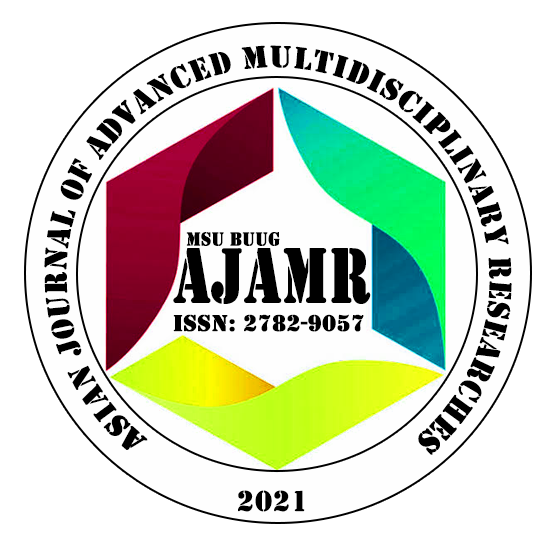

Authors: VINA QUIMNO, ROXAN INTONG, NORHANIE D. MACARAO
English Department, MSU Buug Campus, Buug, Zamboanga Sibugay, Philippines
Email: tinamontemayor02@gmail.com
ABSTRACT
This research aimed to describe code switching used by the BAELS senior students, especially the level and reasons for the occurrence of such
phenomenon during online classroom discussion. Code switching is defined as the alteration of two languages within a single discourse,
sentence, or constituent used by people who are bilingual and multilingual. To describe the level and reasons the researchers used descriptive-qualitative research design utilizing textual or corpus analysis in analyzing the data. The study was conducted among 21 BAELS senior students
at Mindanao State University-Buug who were officially enrolled during the academic year 2021-2022. Questionnaire and corpus analysis was
used to gather the necessary data for the realization of the study. The research findings of the study showed that there are three levels of code
switching made by BAELS senior students (1) Intersentential code switching, (2) Intrasentential code switching, (3) Temporary lexical
borrowing, among these three level intrasentential code switching with 22 or 59.46% is the highly used level of code switching with. And the
students made code switching for (1) expression of solidarity, (2) ethnic identity maker, (3) changing of the topic, (4) to quote someone, (5) for
affective functions, (6) to emphasize meaning. Expression of solidarity is the most prevalent reason for code switching with a SD of 0.48 and
a mean of 2.7 which further means that switching when there is a change in the social situation such as a newcomer is what influences more
for these students to code switch.
Keywords: : code switching, online classroom, intersentential, intrasentential, temporary lexical borrowing